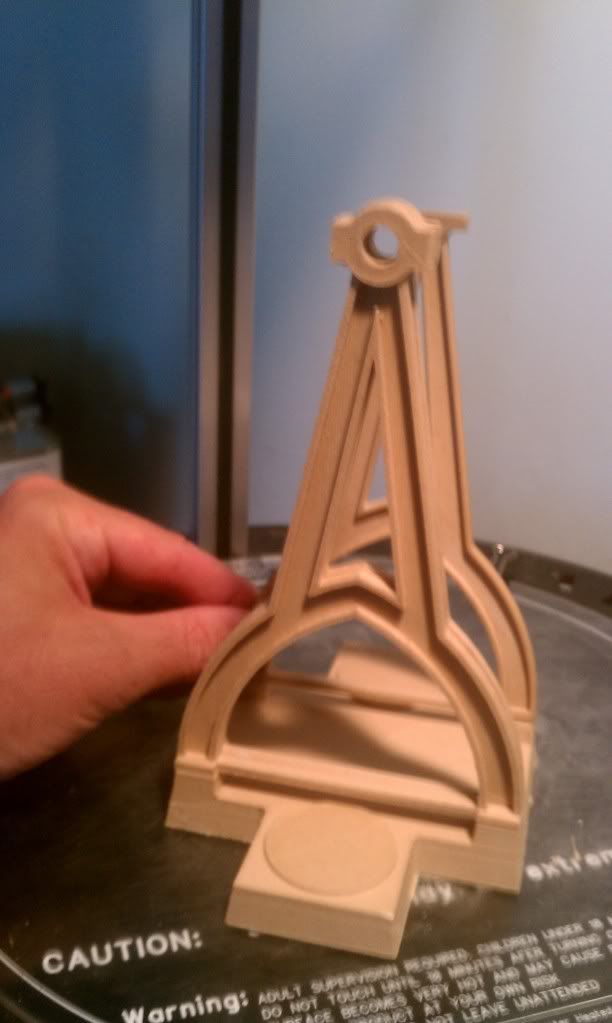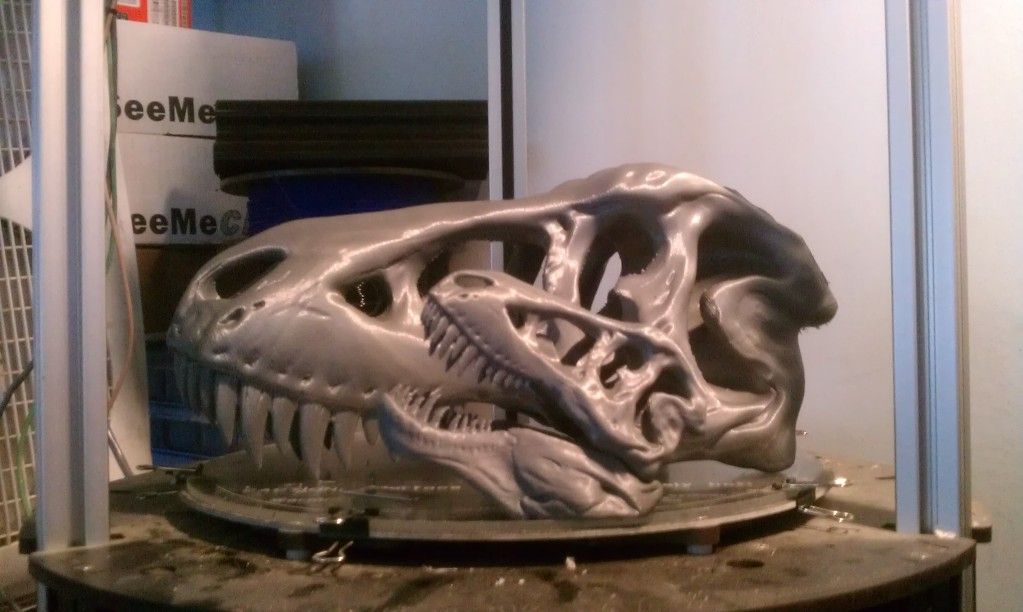Mitchg07261995
Senior Member
- Joined
- Nov 12, 2012
- Messages
- 242
- Reaction score
- 53
I was at the antique store the other day and the shop owner gave me free plans for a roughly 1:12 scale cordless type steam engine. Most of the parts I can make on my lathe, others I'll need to employ my neighbor (also a machinist) to help me make some other parts that are to large for my mini lathe, and for the parts that need milled. My question is, that I know many of the parts will need to be sand casted, and I was wondering if it was possible to 3d print the parts so I can use them as molds to shape the sand so I can cast the real parts out of aluminum. Is this possible?









